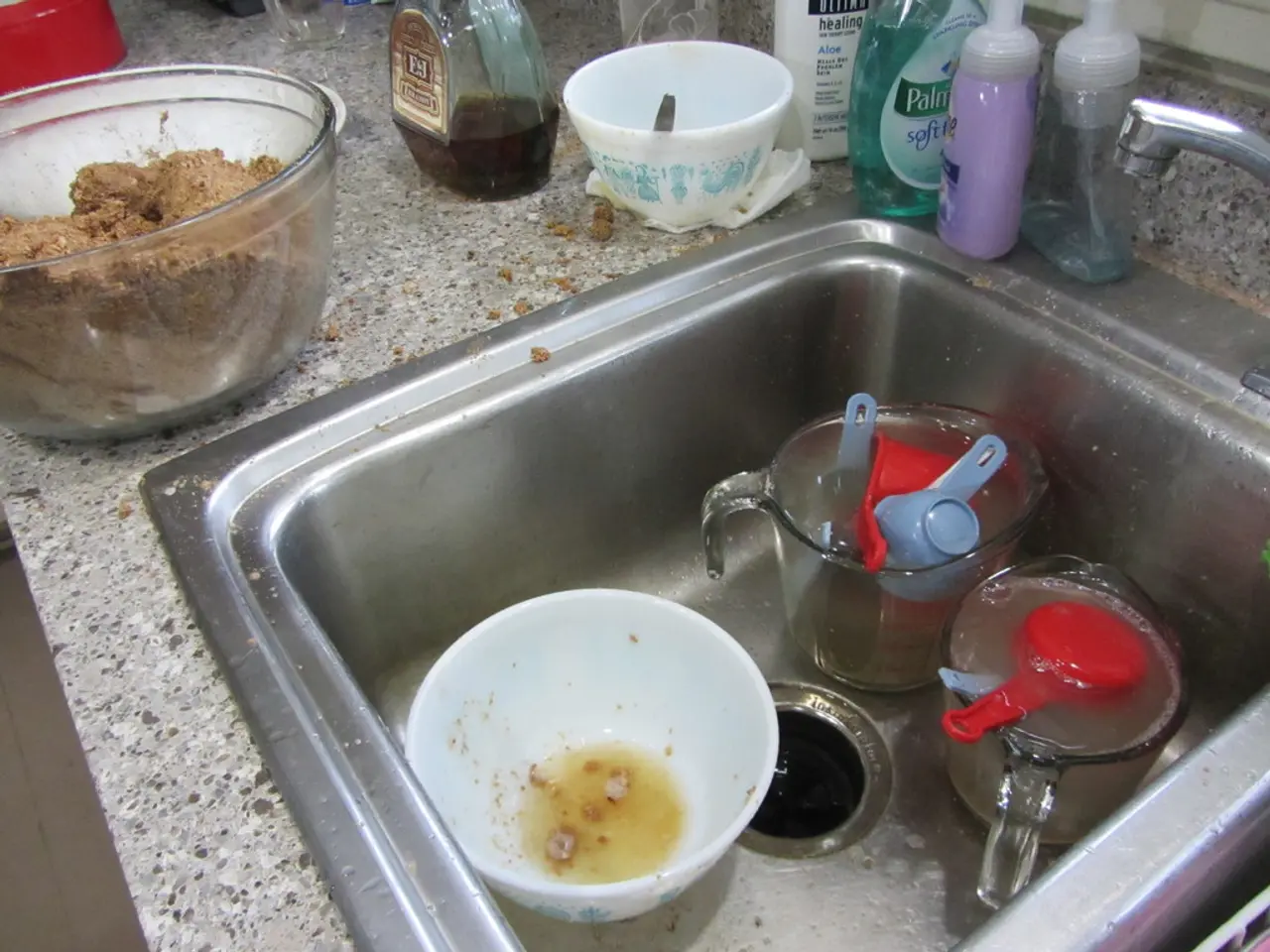Perineum Discomfort: Causes, Remedies, and Doctor Consultation Timing
Perineum pain, an often overlooked but common issue, can affect individuals of all genders and is particularly prevalent after childbirth or certain medical conditions. This article aims to shed light on the causes, treatments, and preventive measures for perineum pain.
One of the most common causes of perineum pain is trauma during childbirth or an episiotomy, a procedure where doctors make a small cut into the perineum to help with delivery. This can lead to tissue damage, inflammation, and sometimes hematoma (a localized blood collection), causing significant pain. In severe cases, surgical intervention may be necessary to drain or remove the hematoma.
Another significant contributor to chronic perineal pain is pelvic floor dysfunction, which can occur due to tension, spasm, or injury of the pelvic floor muscles. This can irritate nearby nerves, such as the pudendal nerve, leading to sharp, burning, or aching pain in the perineum and surrounding areas. Pelvic floor muscle hypertonicity or nerve entrapment is a common source of chronic perineal pain post-childbirth.
Pudendal neuralgia, or pudendal nerve entrapment, is another chronic condition that causes perineal, vulvar, rectal, or genital pain. This condition is often described as burning, shooting, or electric shock-like and can be triggered by childbirth, trauma, or pelvic floor dysfunction.
Treatments for perineum pain vary depending on the cause. Pelvic floor physiotherapy is a common approach, helping to relax and retrain pelvic floor muscles, reducing tension and improving muscle function. Medications, such as NSAIDs for inflammation, anticonvulsants like gabapentin for nerve pain, and certain antidepressants that modulate pain pathways, can also provide relief.
In some cases, surgical intervention may be necessary, such as for large or rapidly expanding vaginal or perineal hematomas post-childbirth. For severe cases of hemorrhoids, which can put pressure on the perineum and cause pain, surgery may be required.
Nerve-specific treatments, like the PRM Protocol™, focus on reversing inflammation, resetting the pelvic environment, and retraining nerves and muscles for optimal function. These office-based procedures aim to treat chronic pelvic and perineal pain, including pudendal neuralgia.
It is essential to avoid activities that aggravate pain, especially in cases of pudendal neuralgia. Women should see a doctor if a tear occurs with signs of infection, and in some cases, a physical therapist may be referred for pelvic floor strengthening exercises.
The outlook for perineal pain is generally positive, as most causes are treatable and do not cause long-term damage. Early evaluation and treatment improve outcomes significantly, making it crucial to seek medical attention for diagnosis and treatment. Regular sitz baths, cold packs, and numbing sprays can help provide temporary relief for perineum pain.
In conclusion, understanding the causes and treatments of perineum pain is crucial for those experiencing discomfort in this area. By seeking early medical attention and following the recommended treatment plans, individuals can effectively manage and alleviate their symptoms, improving their overall quality of life.
- The type of trauma during childbirth or an episiotomy can result in tissue damage, inflammation, and sometimes hematoma, leading to perineum pain.
- Pelvic floor dysfunction due to tension, spasm, or injury can cause irritation to nearby nerves like the pudendal nerve, resulting in perineum pain.
- Pudendal neuralgia, a condition of pudendal nerve entrapment, is a chronic issue causing perineal, vulvar, rectal, or genital pain.
- Pelvic floor physiotherapy can help reduce tension and improve muscle function for perineum pain relief.
- Medications like NSAIDs, anticonvulsants, and certain antidepressants can provide relief for perineum pain.
- Surgical intervention may be necessary for large or rapidly expanding vaginal or perineal hematomas post-childbirth.
- For severe cases of hemorrhoids, surgery may be required to alleviate perineum pain.
- The PRM Protocol™ focuses on reversing inflammation, resetting the pelvic environment, and retraining nerves and muscles for optimal function, treating chronic pelvic and perineal pain.
- It is essential to avoid activities that aggravate perineum pain, especially in cases of pudendal neuralgia.
- Women should see a doctor if a tear occurs with signs of infection, and in some cases, a physical therapist may be referred for pelvic floor strengthening exercises.
- Early evaluation and treatment improve the outlook for perineal pain, making it crucial to seek medical attention for diagnosis and treatment.
- Regular sitz baths, cold packs, and numbing sprays can help provide temporary relief for perineum pain.
- Autoimmune disorders like multiple sclerosis, type 1 diabetes, and rheumatoid arthritis can contribute to chronic diseases like chronic perineal pain post-childbirth.
- CBD, a compound found in cannabis, may provide relief for neuropathic pain conditions such as pudendal neuralgia.
- Ankylosing spondylitis, a type of autoimmune disorder affecting the spine, can cause lower back pain that radiates to the perineum.
- Ignoring perineum pain can worsen the condition, leading to complications and long-term damage.
- Maintaining a healthy lifestyle, including a balanced diet, regular exercise, and medical-conditions management, can help manage and prevent perineum pain, as well as other chronic diseases like cancer, respiratory conditions, digestive health issues, eye health problems, hearing diseases, and skin conditions.




